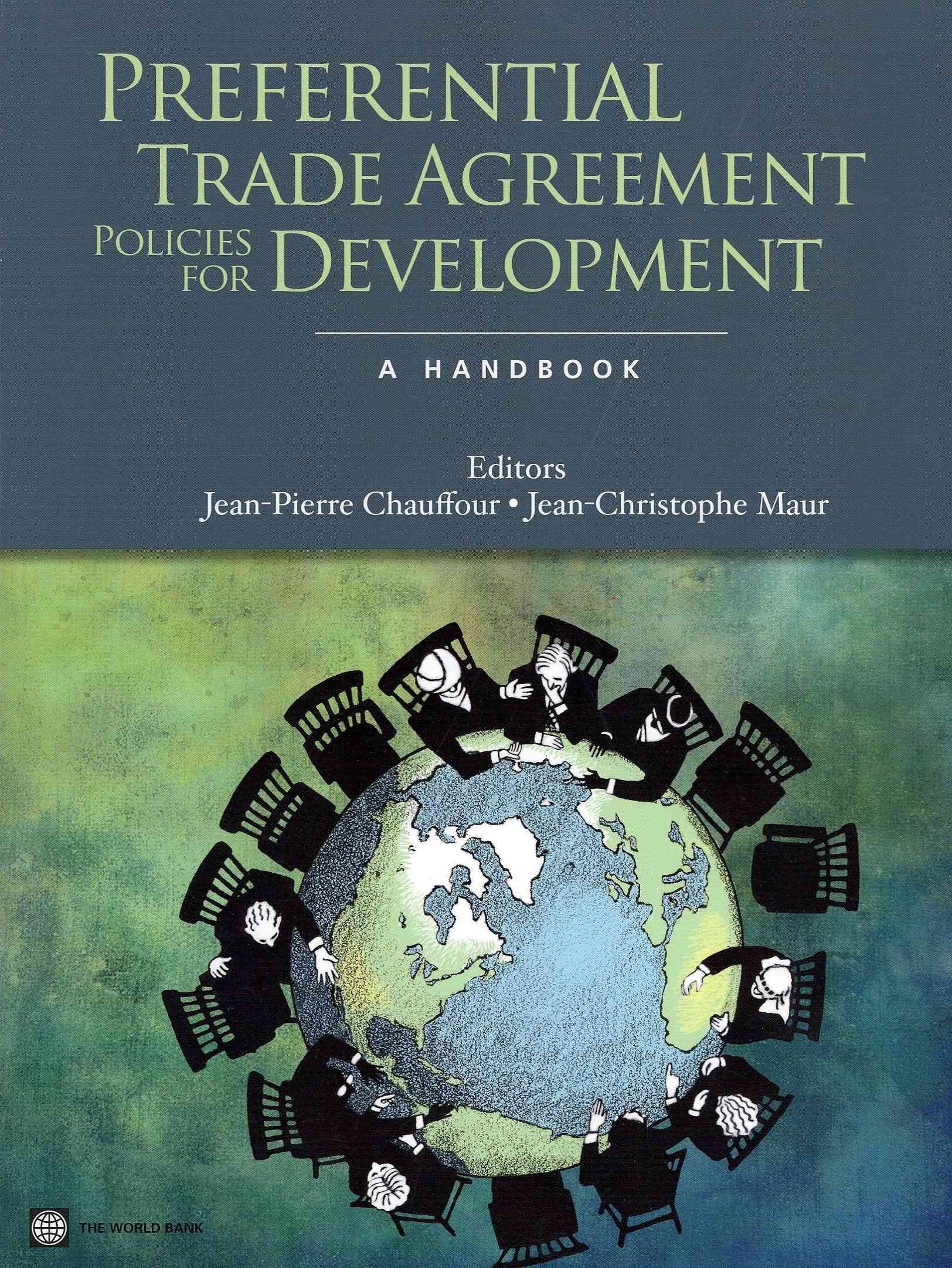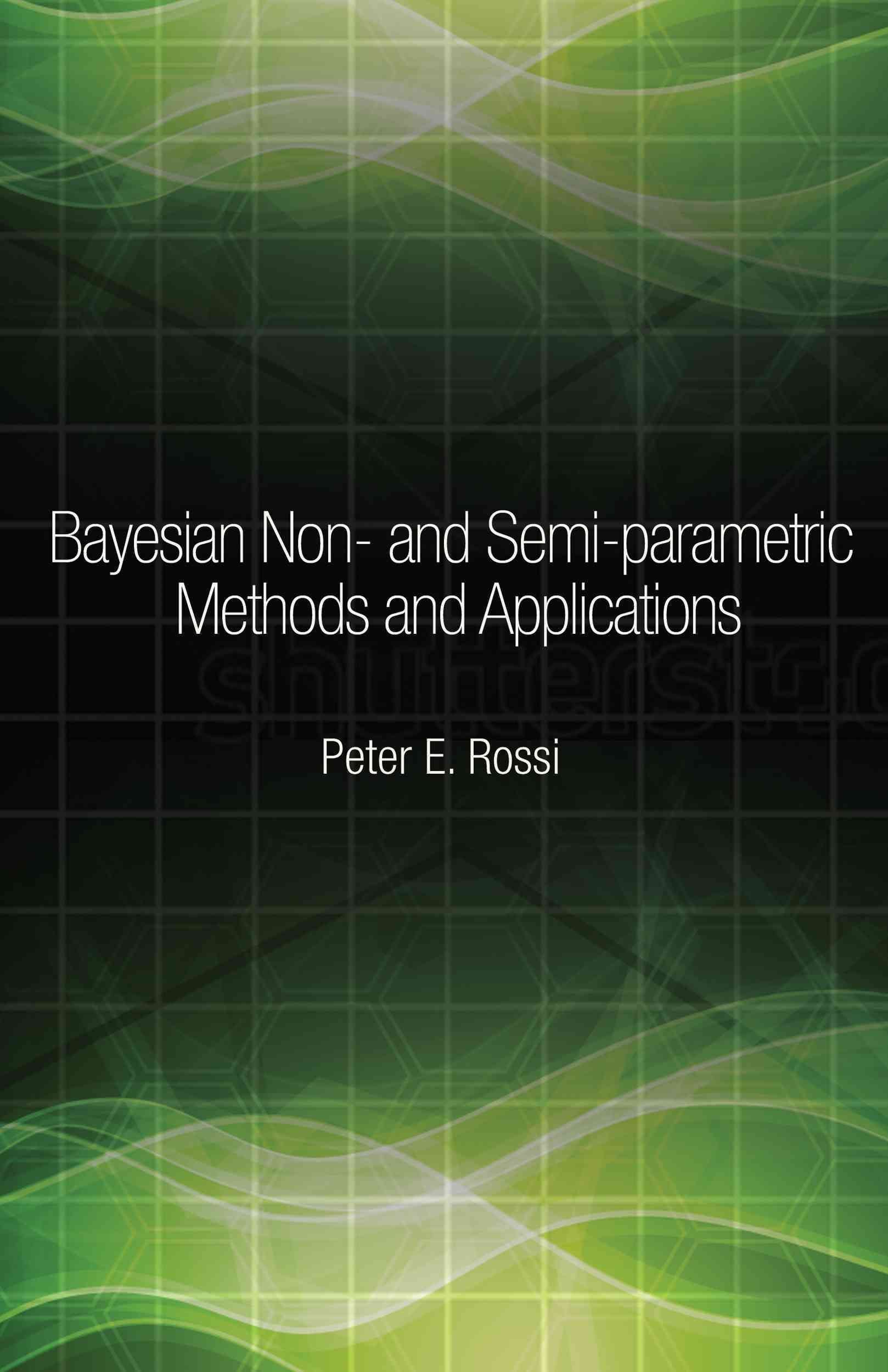Economists have repeatedly warned against them, NGOs have fought them, and somegovernments have begrudgingly (at least in appearance) signed them. Yet, in the last twentyyears the growth in number of preferential trade agreements (PTAs) has been unabated. Evenmore strikingly, their scope has broadened while their number was increasing. Deep integrationprovisions in PTAs have now become ubiquitous.Gaining market access or preserving existing preferences has remained an important motivationfor acceding to PTAs. But with the liberalization of trade around the world and the relateddiminishing size of preferential rents, the growing success of PTAs cannot be only explained bytraditional market access motives (even factoring for the possible substitution of tariff for otherless transparent forms of protection). Countries are looking beyond market access in PTAs. Theyare interested in a host of objectives, including importing higher policy standards, strengtheningregional policy coordination, locking-in domestic reforms, and even addressing foreign policyissues.This handbook on PTA policies for development offers an introduction into the world of modernpreferential trade agreements. It goes beyond the traditional paradigm of trade creation versustrade diversion to address the economic and legal aspects of the regulatory policies that arecontained in today?s PTAs. The book maps the landscape of PTAs, summarizes the theoretical arguments, political economy, and development dimensions of PTAs, and presents the current practice in the main policy areas typically covered in PTAs (from agriculture policy, rules of origin, customs unions, trade remedies, product standards, technical barriers, to behind the border issues related to investment, trade facilitation, competition, government procurement, intellectual property, labor rights, human rights, environment, migration, and dispute resolution). These are also usually the policies driven by powerful trading blocs as they str …












